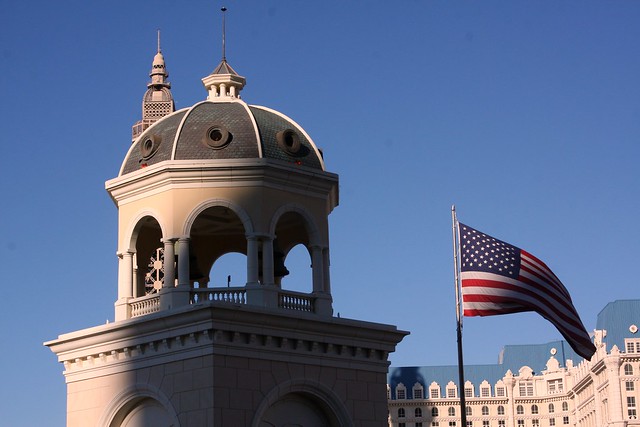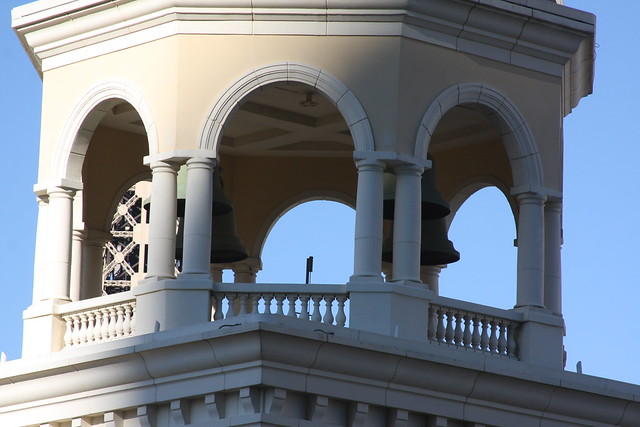Monday, September 26, 2011
Sunday, September 18, 2011
Friday, September 16, 2011
portlandia, 8mm
Location:
1120 SW 5th Ave, Portland, OR 97204, USA
Wednesday, September 14, 2011
mill ends park, 8mm
Here you go: An ultra-wide-angle shot of the (supposedly) world's tiniest city park. For the sheer absurdity value. I'm not actually sure whether wide angle shots are more or less absurd than macro shots of flowers in the park, which is another thing I've considered occasionally.
Macro would involve squatting in the crosswalk right in the median of a very busy street, which I'm not a fan of. Plus on the rare occasions when they do have flowers in the park, it's always something uninteresting like marigolds. In short, I haven't gotten around to that macro business yet, and I may never do it at all.
Tuesday, September 13, 2011
Monday, September 12, 2011
Urban Hydrology
Today's adventure in transit mall art takes us to SW 6th Avenue between Harrison & Hall, home to Urban Hydrology, which is one my favorites among the new pieces that arrived along with the MAX Green Line. TriMet's Green Line public art tour describes thusly:
Urban Hydrology, 2009
ARTIST
LOCATION
On 6th Avenue, between Mill and Hall streets
DESCRIPTION
With Urban Hydrology, Fernanda D'Agostino reflects some of the environmental science taking place at PSU in an attempt to thread the needle of beauty, abstraction and content while appealing to both academic and casual viewers. Twelve oversized diatoms carved in granite are sited in the biofiltration strips unique to the the southern portion of the Portland Mall.
An RACC page about the piece describes it in more detail:
Twelve carved granite sculptures based on Scanning Electron Microscopy images of diatoms used to determine water quality in urban waterways. The sculptures are sited along a three block long bio filtration landscape strip in downtown Portland, Oregon, adjacent to Portland State University.
So these shapes are pleasant to look at -- particularly in close up -- and they're based on electron microscope images of diatoms. I already liked them as abstract forms before I learned what they were modeled on, and the diatom angle makes it just that much cooler. Call me a science dork if you like. I really won't be offended.
Labels:
art
,
d'agostino
,
portland
,
psu
,
racc
,
transitmall
,
unflashed
Bridge of the Gods
View Larger Map
Today's fun adventure (yes, another one) takes us out to the gorge again, but this time we aren't going to a waterfall. No, this is an installment in the ongoing bridge project, which somehow still isn't done. This time we're visiting the grandly-named Bridge of the Gods. The name refers to a Native American legend about the spot: As the story goes, the original Bridge of the Gods apparently was a pile of debris from a huge landslide on the Washington side of the river, temporarily damming the river and making it possible to cross here without a boat. Eventually the debris eroded away until only the Cascades rapids remained, and the land bridge passed into the realm of myth and legend. And now even the rapids are gone, submerged by Bonneville Dam.
When I heard the legend as a kid I had a mental image of it as an enormous natural arch bridge that collapsed into the river. Which would have been even cooler than debris from a titanic landslide, if somewhat improbable under the rules of real life geology.
If you'll permit me, I'm going to go on a tangent here about "Indian legends". The name "Bridge of the Gods" is almost certainly a Euro-American coinage. At some point in the late 19th Century, some sensitive poetic soul wandered through the gorge assigning melodramatic Victorian names to everything that resembled a geological feature. Some of them stuck around to the present day, like "Angels' Rest", "St. Peter's Dome", "Pool of the Winds", and, well, "Bridge of the Gods". When people of that era said a story was an Indian legend, I suspect they allowed themselves certain artistic liberties, up to and including making stuff up out of whole cloth. There are just a few too many stories about the gods warring over fair maidens, doomed lovers leaping to their deaths together hand in hand, and so forth, all things that also just so happen to be cliches in schlock Victorian poetry. It doesn't really help that one of the main sources for the legend's Wikipedia article presents the tale in genuine Comic Sans. Oh, and doesn't cite any sources of its own either. And here's an even more stilted version, starring "Coyote", "Thunderbird", and the "Spirit Chief", among others. Again, no sources are cited. So until I can find either a tribal source saying yes, this is the story as it's always been handed down, or an academic source supporting the idea, all I can really say is that it's a story that's widely claimed to be an Indian legend.
So enough about legends. The current bridge has a Structurae page with details on the bridge's unexciting cantilever truss construction, and the Port of Cascade Locks (which owns and operates the bridge) has an info page about it, including current toll info.
You can't really tell from these photos, but there's no sidewalk on the Bridge of the Gods. However it's also the official way to cross the Columbia if you're hiking the Pacific Crest Trail. Apparently you just hike on the roadway and hope vehicles on the bridge notice you. Did I mention that the bridge deck is an open metal grate, so you can look down and see the river far below? And it's really, really windy in this part of the gorge? And that you have to pay a fifty cent toll for this privilege? It's true. It's not hard to imagine what the obligatory "not dying on the bridge" angle is this time
Another key part of the bridge project involves me walking across and taking photos from the bridge and of it. But that only applies when a bridge has a sidewalk on it. If it's technically legal but I'd have to walk in the road on on the shoulder to do it, I'm generally going to pass on the idea. I realize Pacific Crest through hikers do it all the time, and may even schlep a pair of quarters all the way from the trailhead on the Mexican border in order to do so. But Pacific Crest Trail hikers do a lot of other things I don't do, and I'm not all that broken up about it. The only person I know who's tried hiking the whole thing ended up breaking an ankle a couple of weeks in and had to be rescued. In contrast, in the 5-some years this blog's been around, I have a clean record of zero broken ankles and zero wilderness rescues, and I kind of like it that way.
Labels:
bridge
,
columbia bridge
,
columbia gorge
,
columbia river
Subscribe to:
Posts
(
Atom
)


